February 12, 2024 | Dr. Silvana Jakupovic, ND
National Indigenous People's Day is a time to honour the rich histories, cultures, and contributions of Indigenous communities around the globe. One significant aspect of these cultures, often overlooked, is their profound understanding of natural medicine. Functional mushrooms have been integral to traditional healing practices for centuries, offering a unique blend of spirituality and wellness.
Today, we will investigate the historical significance of functional mushrooms in Indigenous cultures, exploring their traditional uses, cultural perspectives, and the deep-rooted wisdom that has been passed down through generations.
The Historical Significance of Functional Mushrooms in Indigenous Cultures
Functional mushrooms have long been a cornerstone in the traditional medicine cabinets of various indigenous cultures. From the dense forests of the Amazon to the remote villages of Siberia, these natural healers have been revered for their health-boosting properties.
These mushrooms were not only used for their physical healing properties but also for their spiritual significance. In many cultures, functional mushrooms were believed to be sacred, connecting the physical world with the spiritual. Shamans and medicine men often employed these fungi in rituals and ceremonies, seeking their help for guidance and healing.
The knowledge of these mushrooms and their uses was deeply entwined with the cultural fabric, passed down orally from one generation to the next. This transference of knowledge was not merely informational but also a sacred act, embedding respect for nature and the understanding of the interconnectedness of all life within these communities.
The Yuman Peoples: A Case Study
In the 16th century, Sahagún, a Spanish Franciscan friar, studied Aztec culture in Mexico and reported the use of teonanácatl, a Nahuatl term translating to “divine mushroom” or “God’s flesh”, identified with the Psilocybe genus [1]. Beyond its psychoactive attributes, Sahagún attributed it with the power to alleviate ailments like cold, fever and gout.
Current Status and Ethnomycological Research
Even today, these natural remedies are prevalent in Mexican traditional medicine, with a significant increase in the documented species used. Recent studies in regions like San Luis Potosí and Tehuacán-Cuicatlán highlight the ongoing relevance of functional mushrooms and lichens [1].
The focus of one study on the history of functional mushrooms in Indigenous communities is the Yuman people in Baja California [1]. These semi-nomadic people, belonging to the Yuman-Cochimi linguistic family, have a rich history dating back to 2500 BC.
The Yuman community's use of mushrooms for functional purposes is both diverse and culturally significant. A study involving 161 specimens, corresponding to 65 taxa, revealed that 38 of these are primarily used for medicine, food, or ornamentation [1].
In the Cucapah el Mayor community, Podaxis pistillaris is renowned for its functional properties, especially in treating skin conditions [1]. Known locally as 'hongo de polvo negro' or 'hongo bule,' its spores are used for various skin ailments, including wounds, sores, and burns. Intriguingly, it's also used to anesthetize and induce sleep, albeit with caution due to potentially harmful effects [1].
The Kumeyaay people recognize the functional attributes of gasteroid mushrooms like Astraeus hygrometricus, Lycoperdon cf. candidum, and Pisolithus tinctorius [1]. These mushrooms, colloquially called 'kak ñaup' or 'kak shit,' are used for treating various skin injuries. The spores are applied to clean wounds to assist in closing and scarring, demonstrating their astringent and hemostatic properties [1].
In Santa Catarina, a Paipai woman reported using Coriolopsis gallica to treat diabetes, a condition known locally as 'muil sharau' or 'sugar disease’ [1]. This practice involves boiling the mushroom and consuming the infusion regularly, suggesting a deep-rooted understanding of the functional properties of mushrooms in the community.
Recognizing Toxic Mushrooms
While many mushrooms are celebrated for their functional properties, the Yuman communities also recognize and caution against the use of toxic varieties. For instance, the gasteroid spores are known to cause severe skin and eye irritation and are lethal when ingested. This knowledge, passed down through generations, highlights the community's deep understanding of their natural environment.
The Transmission of Traditional Knowledge
The knowledge of functional mushrooms and lichens is primarily transmitted through oral tradition, learned from parents and grandparents. While this knowledge was more prevalent in the past, there's a noted decline in interest among the younger generations. Some traditional healers continue to build upon this knowledge through personal experiences, illustrating the dynamic nature of traditional functional practices.
The study of functional mushrooms in the Yuman community offers a fascinating glimpse into the intricate relationship between people and their natural environment. It showcases a deep understanding and respect for the functional properties of mushrooms, passed down through generations. As modern medicine continues to evolve, the knowledge and practices of indigenous communities like the Yuman provide invaluable insights into natural healing methods, emphasizing the importance of preserving this cultural heritage.
The Intersection of Tradition and Modern Science
The wisdom of Indigenous cultures, particularly in their use of functional mushrooms, is finding new validation in the eyes of modern science. Researchers are now exploring these ancient remedies, uncovering scientific evidence that supports traditional knowledge.
This scientific interest is not merely about validation; it's a fusion of traditional wisdom with contemporary understanding. Indigenous knowledge systems offer a holistic approach to health, considering the physical, emotional, and spiritual well-being of an individual. Modern science, with its focus on empirical evidence and detail, provides a deeper insight into how these mushrooms work at a biochemical level.
Engaging with Indigenous communities has been crucial in this process. Collaborations between traditional healers and scientists are paving the way for a more inclusive and respectful approach to health research. These partnerships are not only about sharing knowledge but also about learning from each other's methodologies and perspectives.
Incorporating Indigenous wisdom into scientific research has also opened doors to new possibilities in healthcare. For instance, the anti-inflammatory properties of certain functional mushrooms are being studied as potential treatments for chronic diseases, something Indigenous healers have known and practiced for ages.
Challenges and Preservation of Knowledge
Despite the wealth of knowledge Indigenous cultures hold about functional mushrooms, this wisdom faces numerous challenges. One significant threat is the loss of traditional knowledge due to the dwindling number of elders and traditional healers. As younger generations move away from their ancestral lands and practices, vital information risks being lost forever.
Another challenge is the exploitation and unsustainable harvesting of functional mushrooms. With the growing interest in these natural remedies, commercial harvesting often overlooks the sustainable practices indigenous people have followed for centuries. This not only depletes resources but also disrupts the delicate balance of ecosystems where these mushrooms grow.
Preserving this wisdom also involves educating the wider public about the importance of respecting and sustaining these practices. By promoting sustainable harvesting methods and supporting initiatives that empower Indigenous communities, a balance can be struck between honouring traditional knowledge and meeting modern demands.
Reflection and the Way Forward
As we reflect on the role of functional mushrooms in Indigenous cultures, it's clear that these practices offer more than just health benefits; they provide a holistic approach to living in harmony with nature. Embracing this wisdom could be key to addressing some of the complex health challenges we face today.
In celebrating National Indigenous People's Day, we not only acknowledge the rich cultural heritage of Indigenous peoples but also recognize their invaluable contributions to the world of natural healing. The wisdom encapsulated in their use of functional mushrooms is a testament to their deep connection with nature and understanding of holistic health.
Related Articles
• Lunar New Year: Functional Mushrooms
• New to Functional Mushrooms? Here Are 2 Easy Routines to Follow

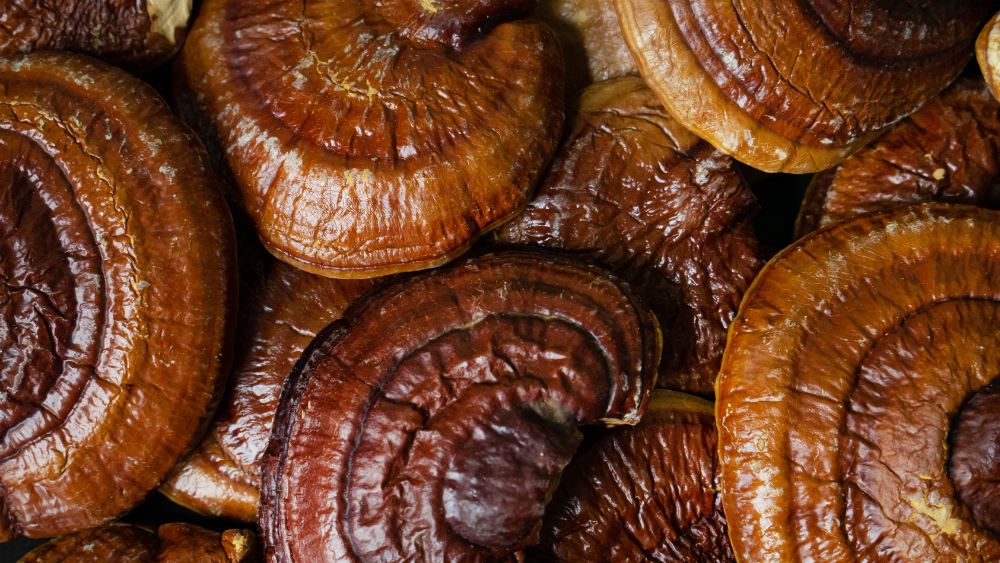
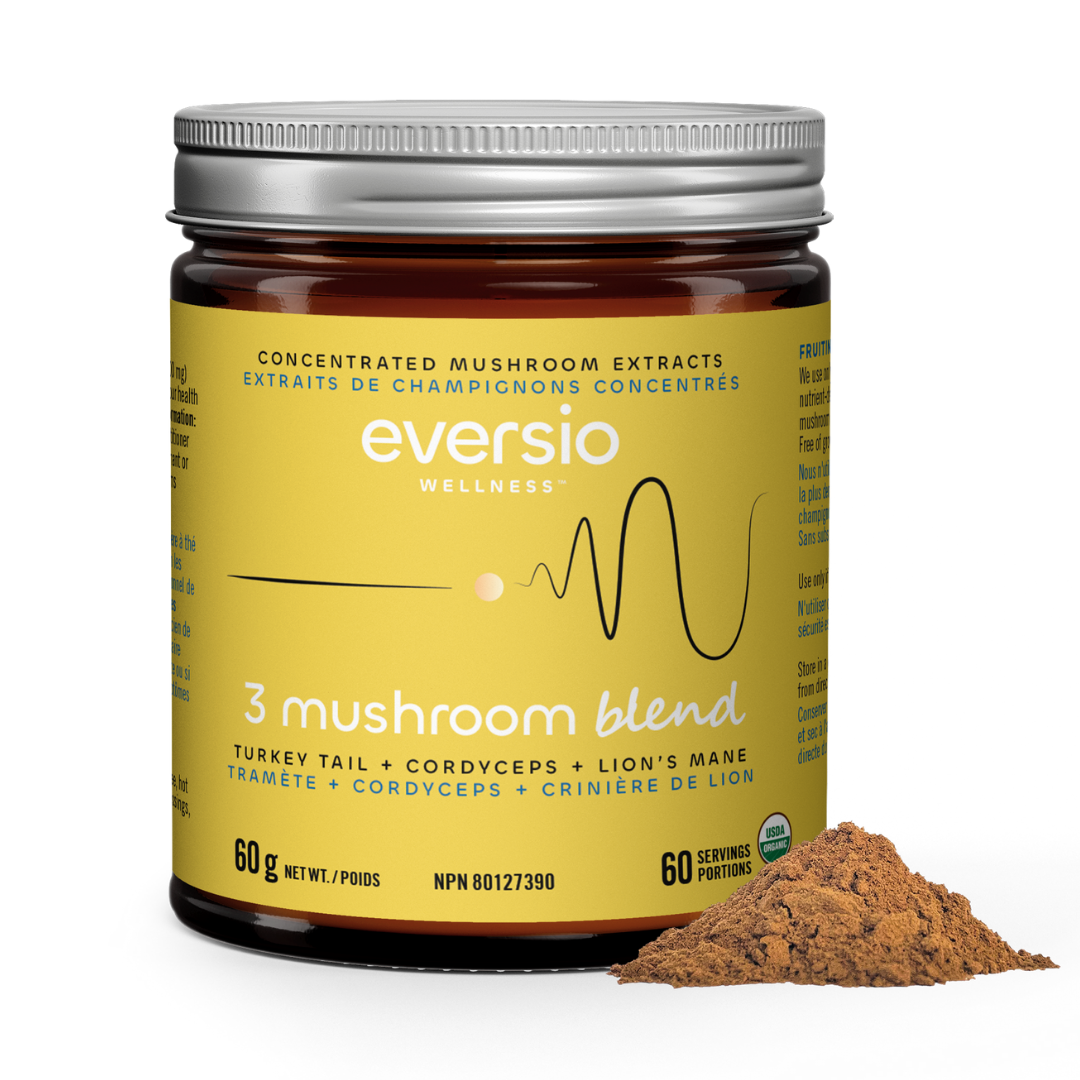
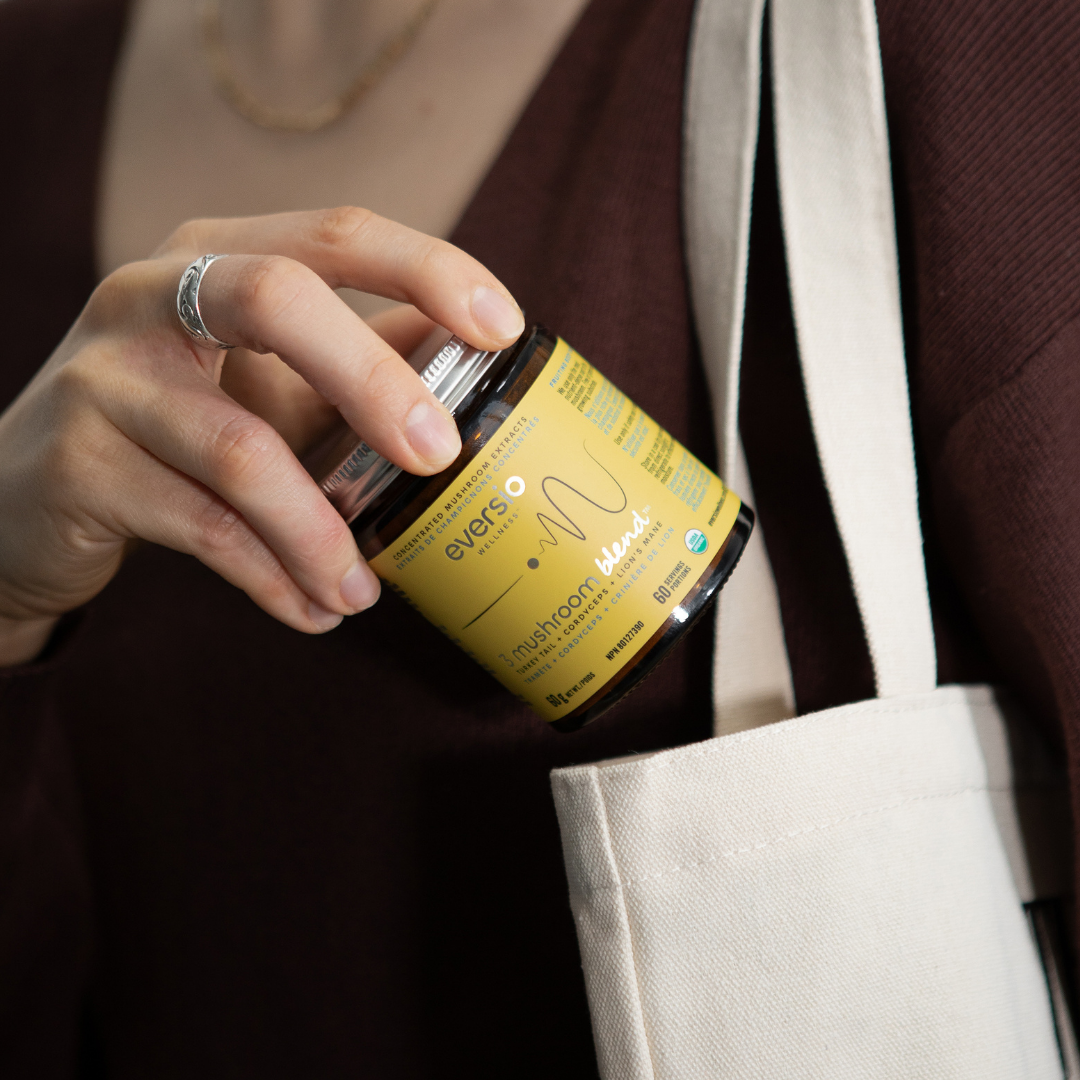
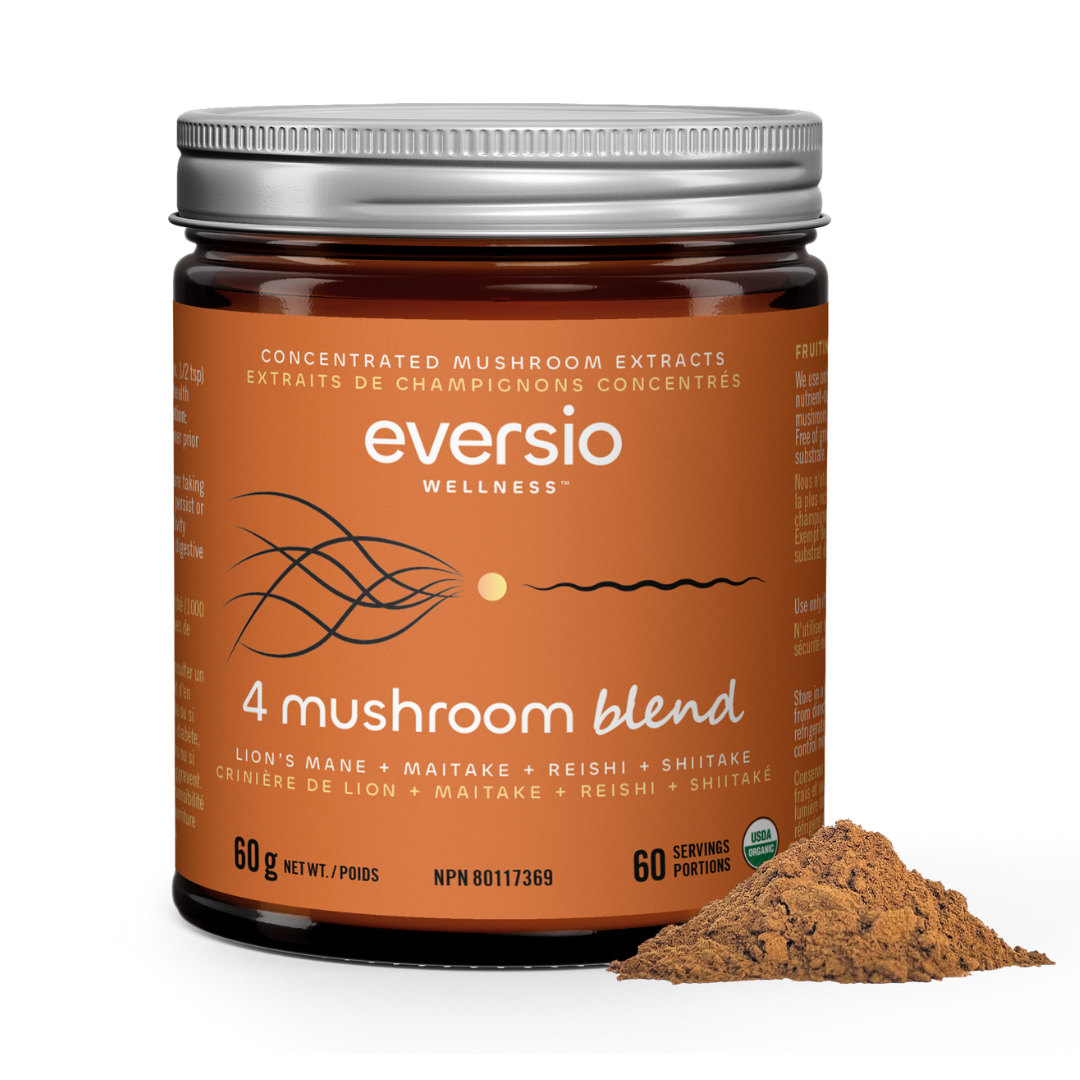
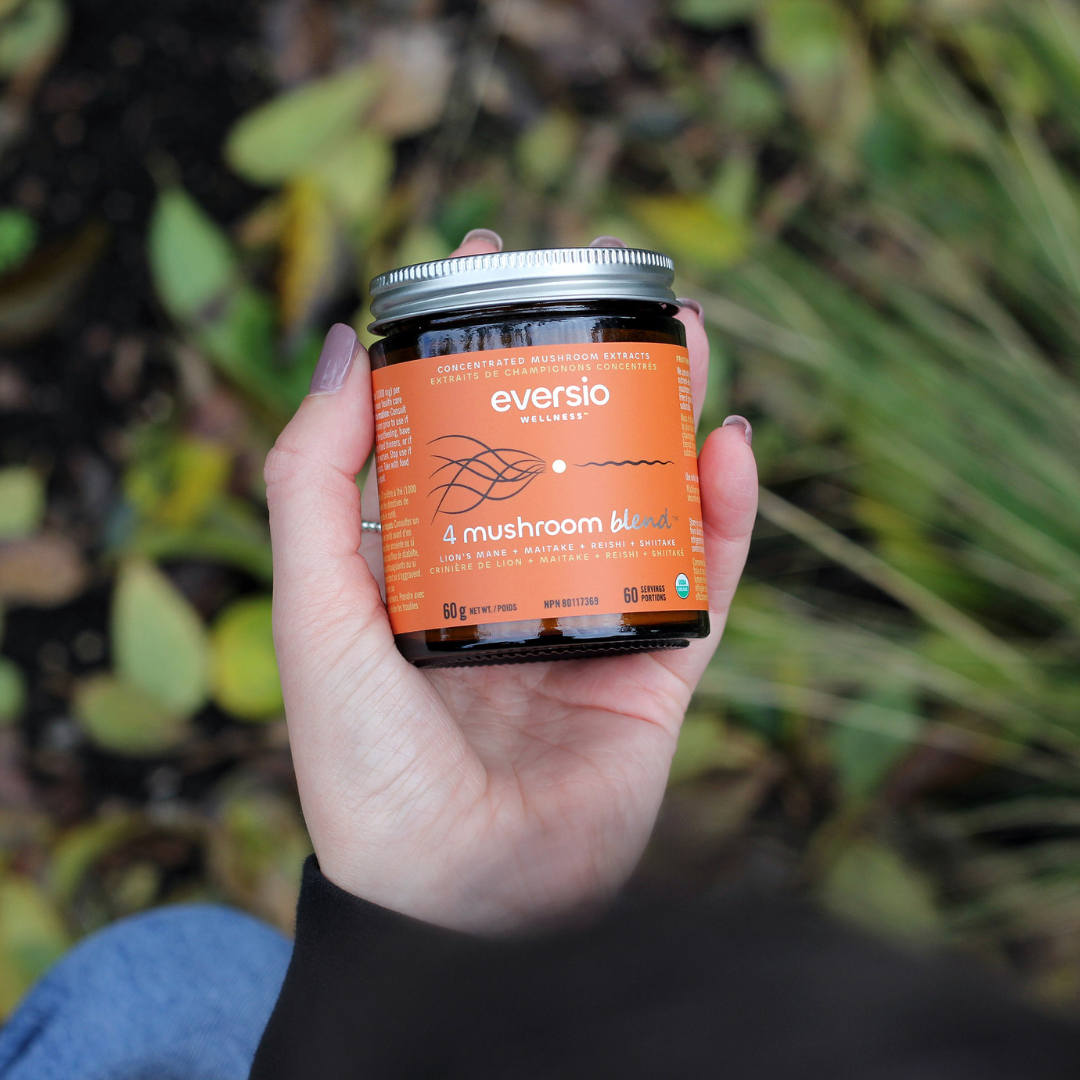
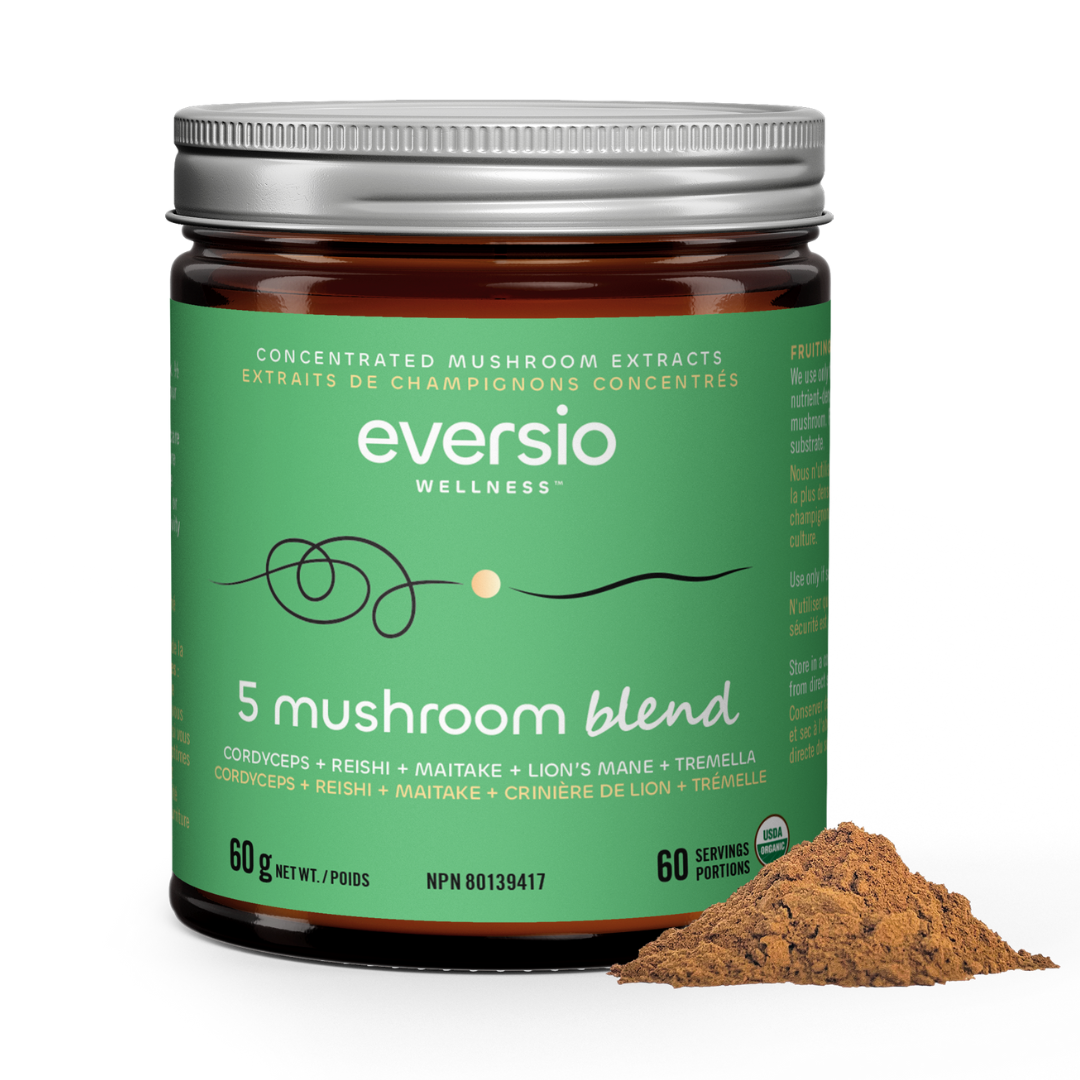
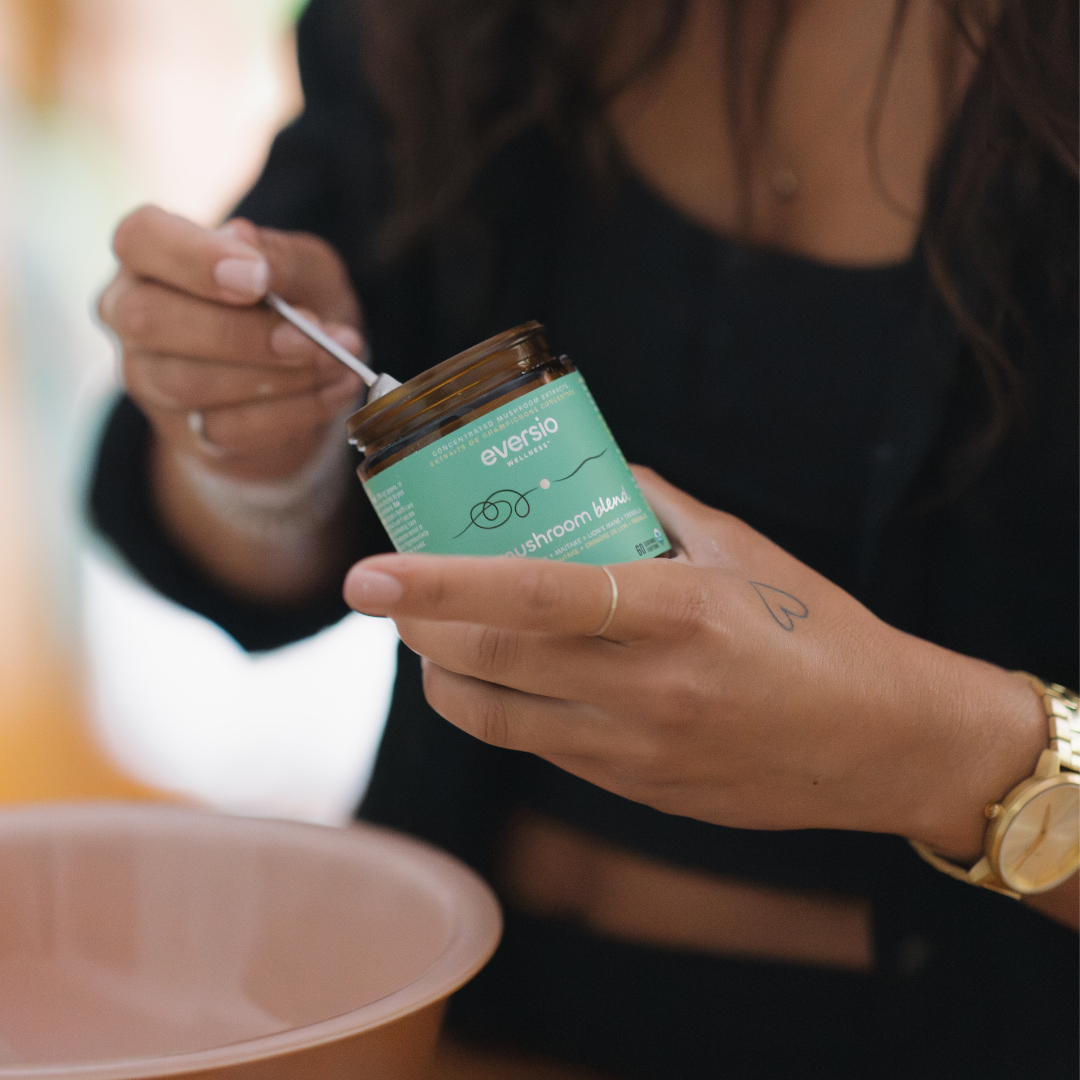
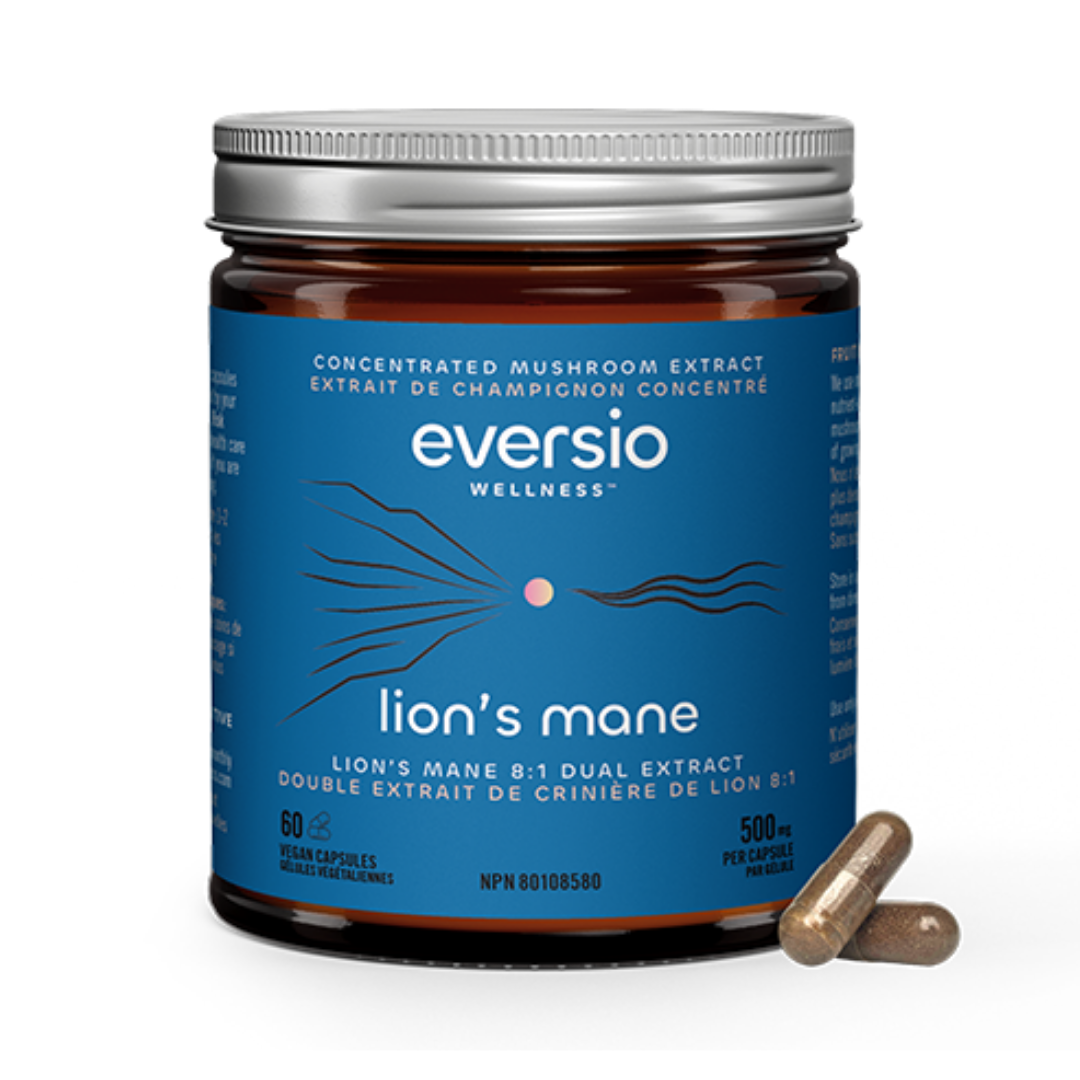
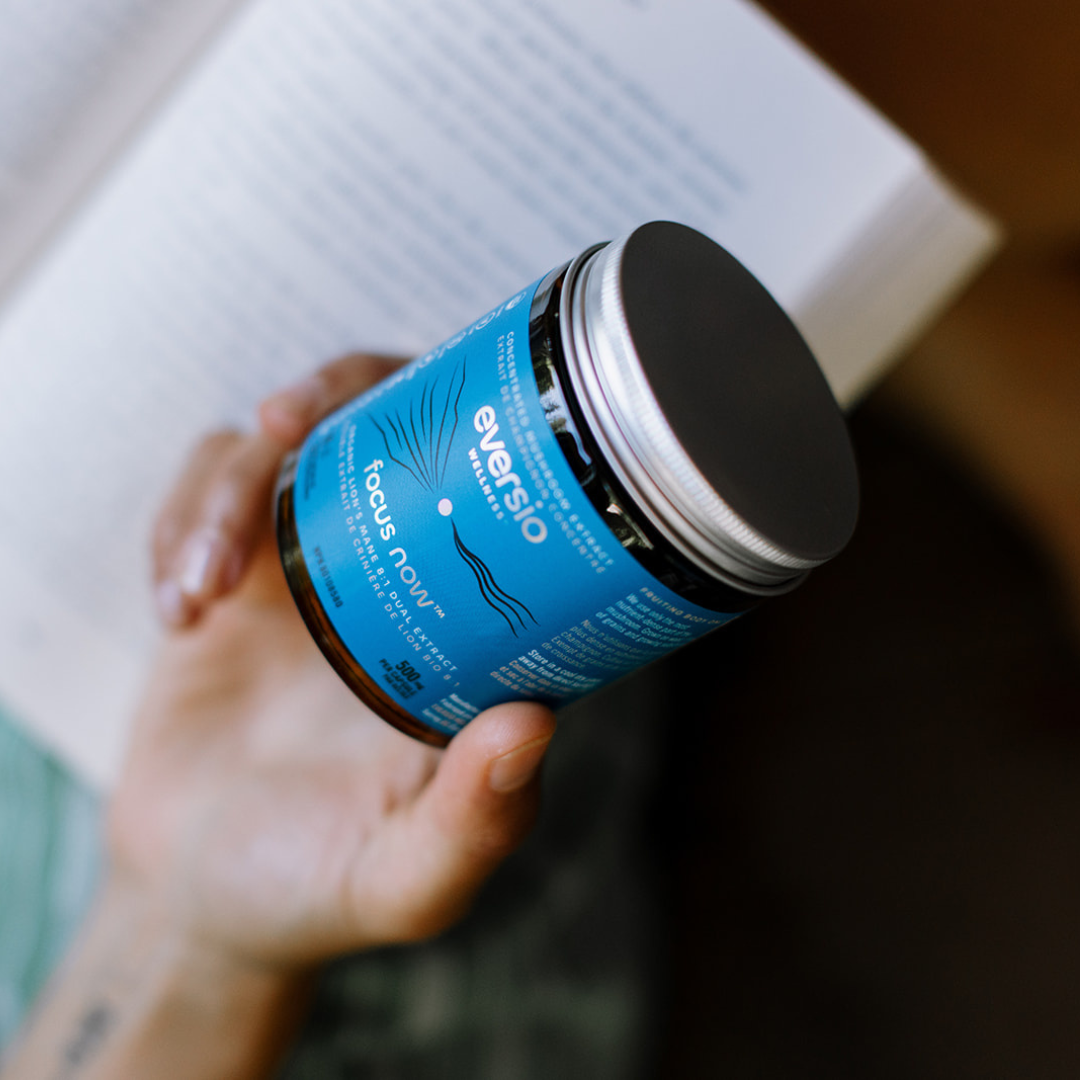
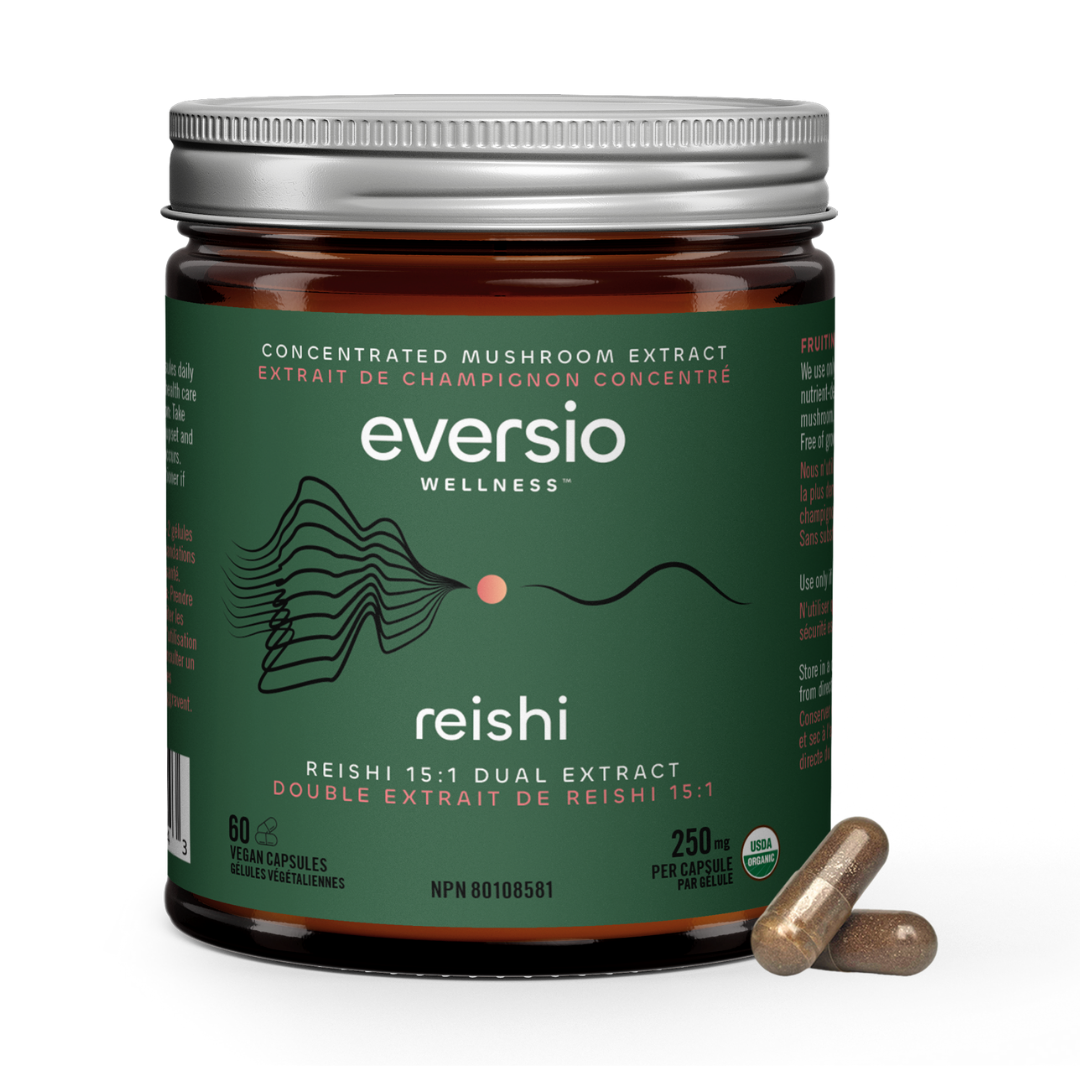
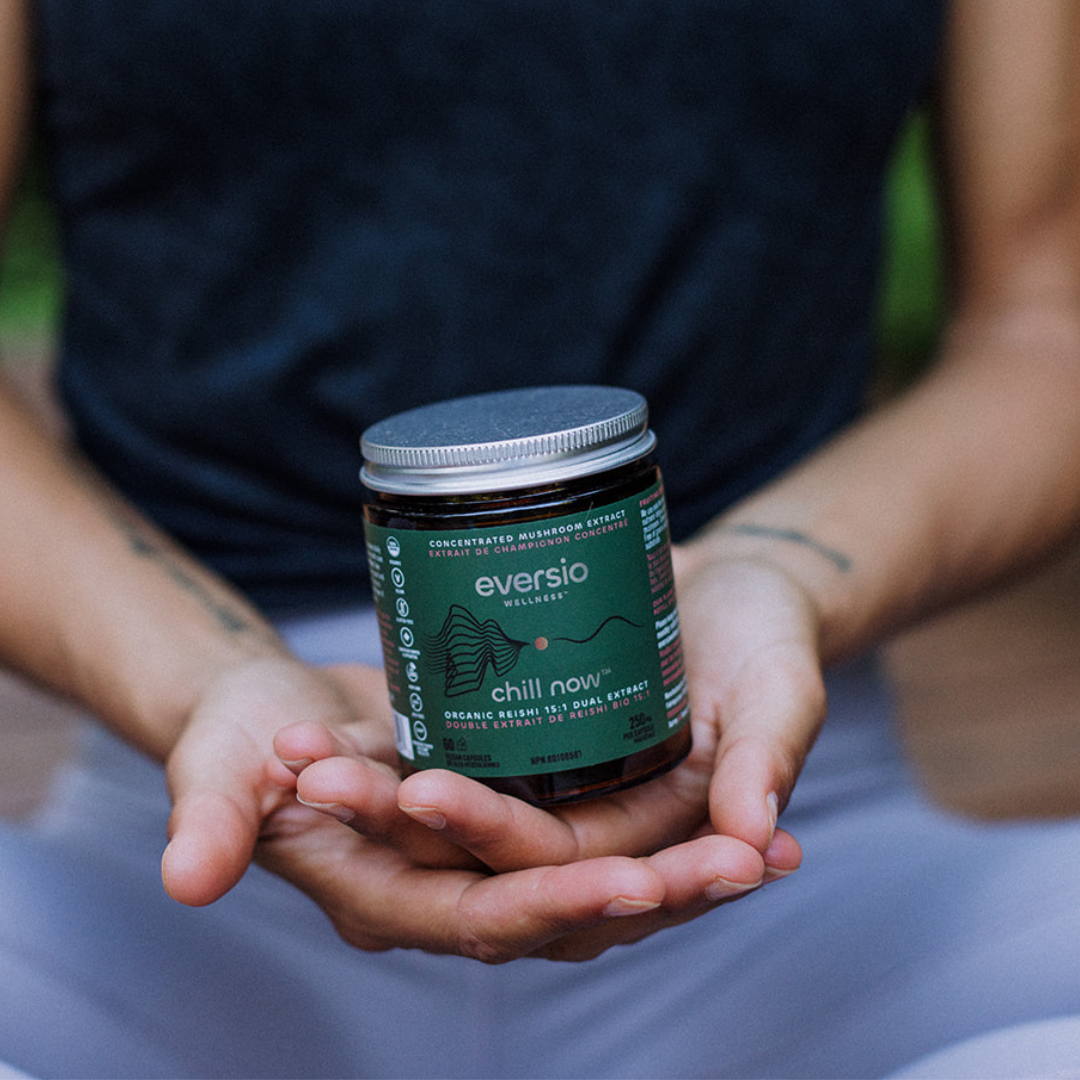
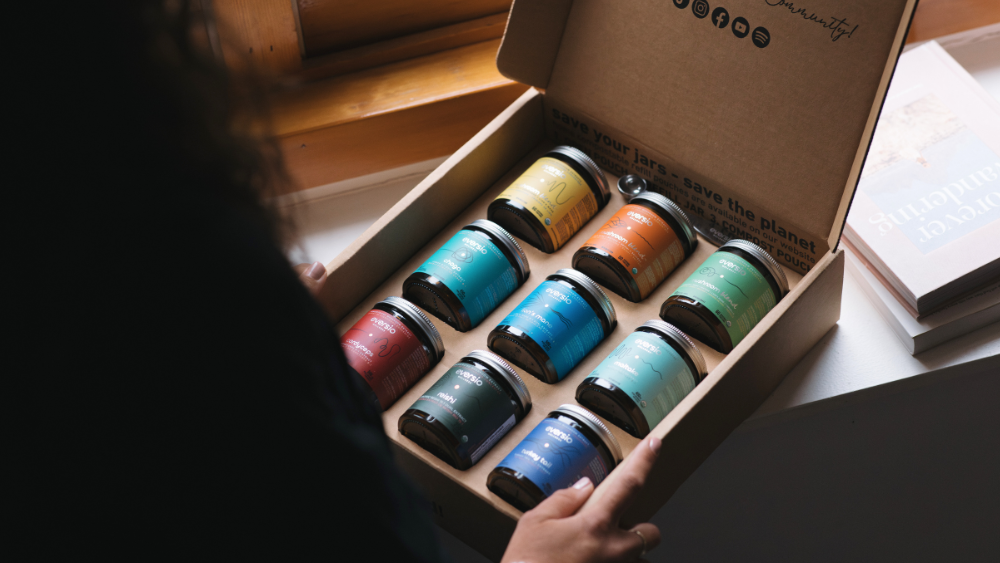




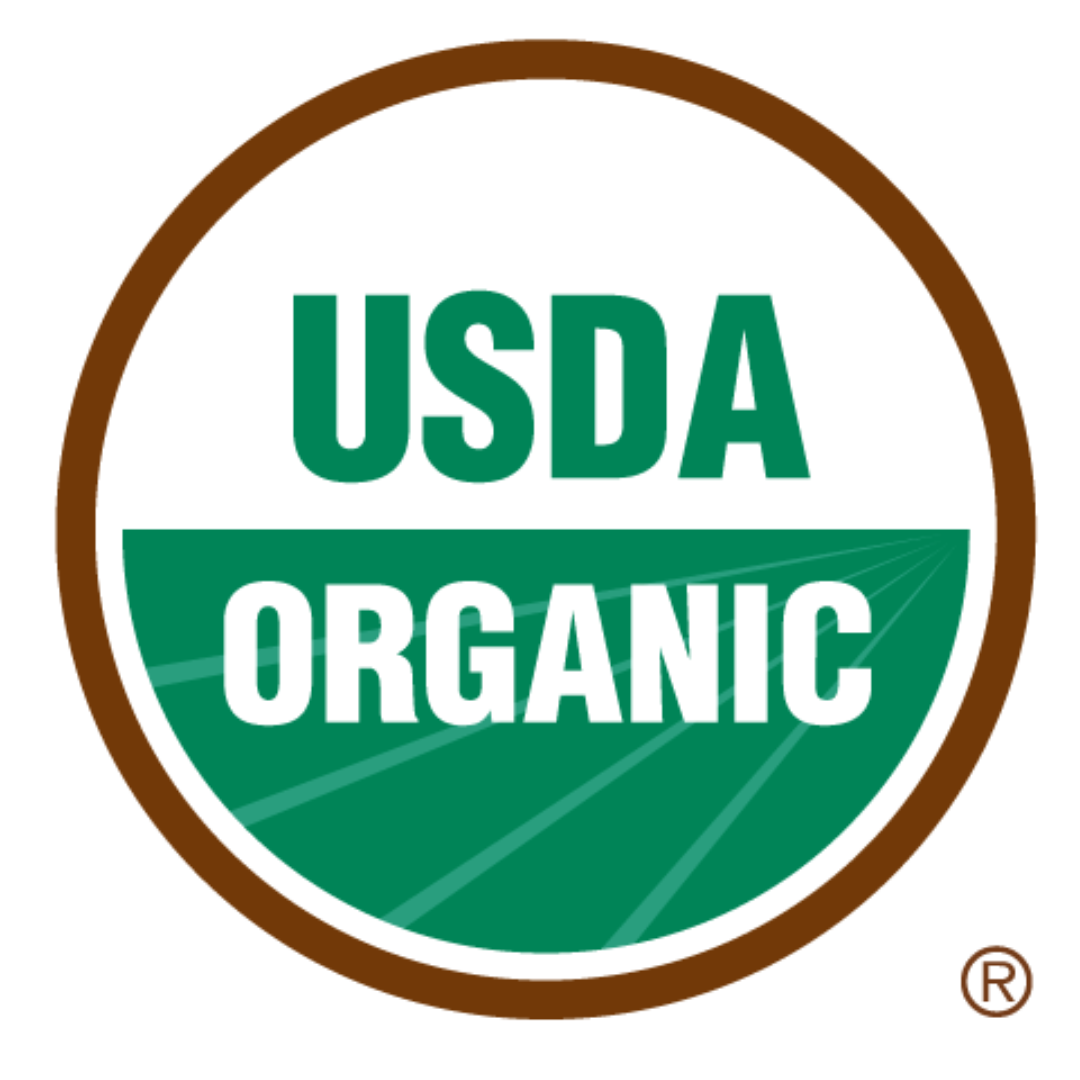


Leave a comment
All comments are moderated before being published.
This site is protected by hCaptcha and the hCaptcha Privacy Policy and Terms of Service apply.